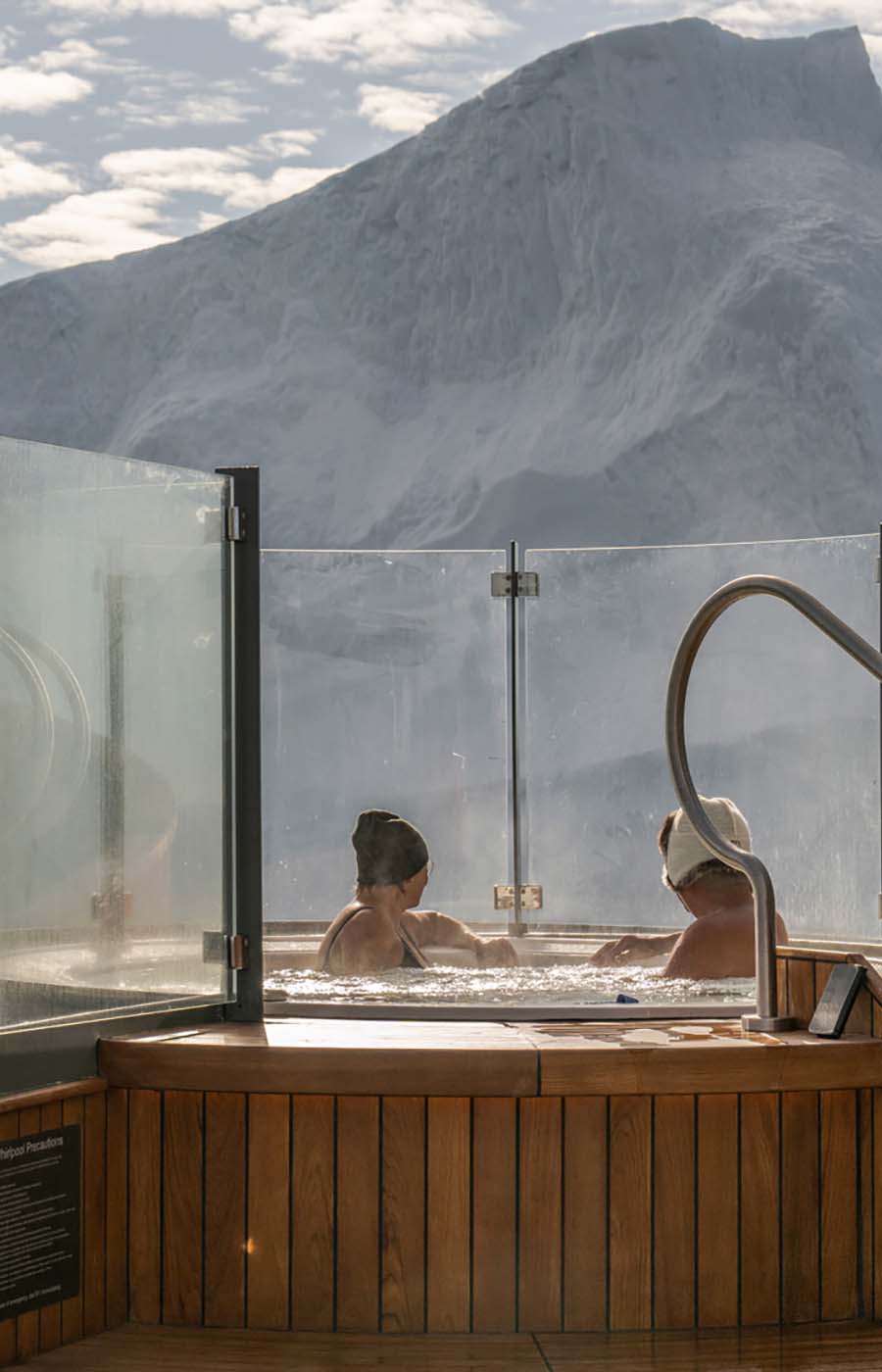A golden testament to an age-old faith
One of the most famous pagodas in Asia, the Shwedagon pagoda — located in Myanmar’s capital city of Yangon — is a historic testament to architecture and the arts — and a glittering symbol of Buddhist culture and history.
According to legend, the pagoda (also known as the Great Dagon Pagoda and the Golden Pagoda) was constructed around 2,600 years ago under the guidance of two brothers who had met the Lord Gautama Buddha and received eight of the Buddha’s hairs in a golden casket. Upon returning to Burma (present-day Myanmar), they found Singuttara Hill, where relics of other Buddhas were enshrined. There, according to the story, they opened the golden casket that held the Buddha’s hairs and supernatural events immediately started happening — from gems raining down to trees bursting with flowers and fruit — and from there, the pagoda sprang. According to historians and archaeologists, however, the story is less fanciful: the pagoda was built by the Mon people between the 6th and 10th centuries AD.
After initial completion, the pagoda slowly deteriorated until King Binnya U, in the 14th century, rebuilt it to a height of around 60 feet. A century later, Queen Binnya Thau raised its height to around 130 feet and terraced the hill it stands on (during an illness, she had her bed placed so that she could look at the stupa’s gilded dome). In the next few centuries, a number of earthquakes damaged the pagoda but, after a particularly severe earthquake in 1768, King Hsinbyushin raised it to its current height: 325 feet.
When you arrive, the first thing to notice is the pagoda’s most notable feature - its golden hue. In fact, the gold you see is the real deal. Genuine gold plates cover the stupa and its base which are riveted to a brick structure underneath. A fun fact is that monarchs and citizens alike have donated gold to the pagoda since its construction.
If you gaze slightly higher, above the base, there is a a terraced area only accessible to monks. Above that you'll find architectural features in the shapes of those traditionally found in Burmese pagodas: a turban band, inverted alms bowl, lotus petals, and banana bud. Then one more level above that is the umbrella crown and vane, a feature that’s also common to pagodas, but none other is quite as lavish. The crown is tipped with 5,448 diamonds and 2,317 rubies, and on the very top of the pagoda rests a 76-carat diamond bud.
After admiring the temple itself, you can't miss on exploring the pagoda’s grounds. The grounds feature statues of the first four Buddhas (Kakusandha, Konāgamana, Kassapa, and Gautama). Inside, relics from each — the walking staff of Kakusandha, the water filter of Konāgamana, a piece of the robe of Kassapa, and eight strands of hair from the head of Gautama — are said to be enshrined. These relics make it the most sacred Buddhist pagoda in Myanmar — and one that’s not only visited routinely by tourists, but also by practicing Buddhists in the area, who enter this magnificent building with humble, selfless commitment to be their best selves and practice generosity, kindness, and compassion for all.
The pagoda is open to the public (the entrance fee is 10,000 Burmese kyat, or about $7 USD). Be advised that there is a dress code: trousers or knee-length shorts or skirts; T-shirts are fine but sleeves must be elbow length, and guests are prohibited from wearing footwear of any kind inside the pagoda.

